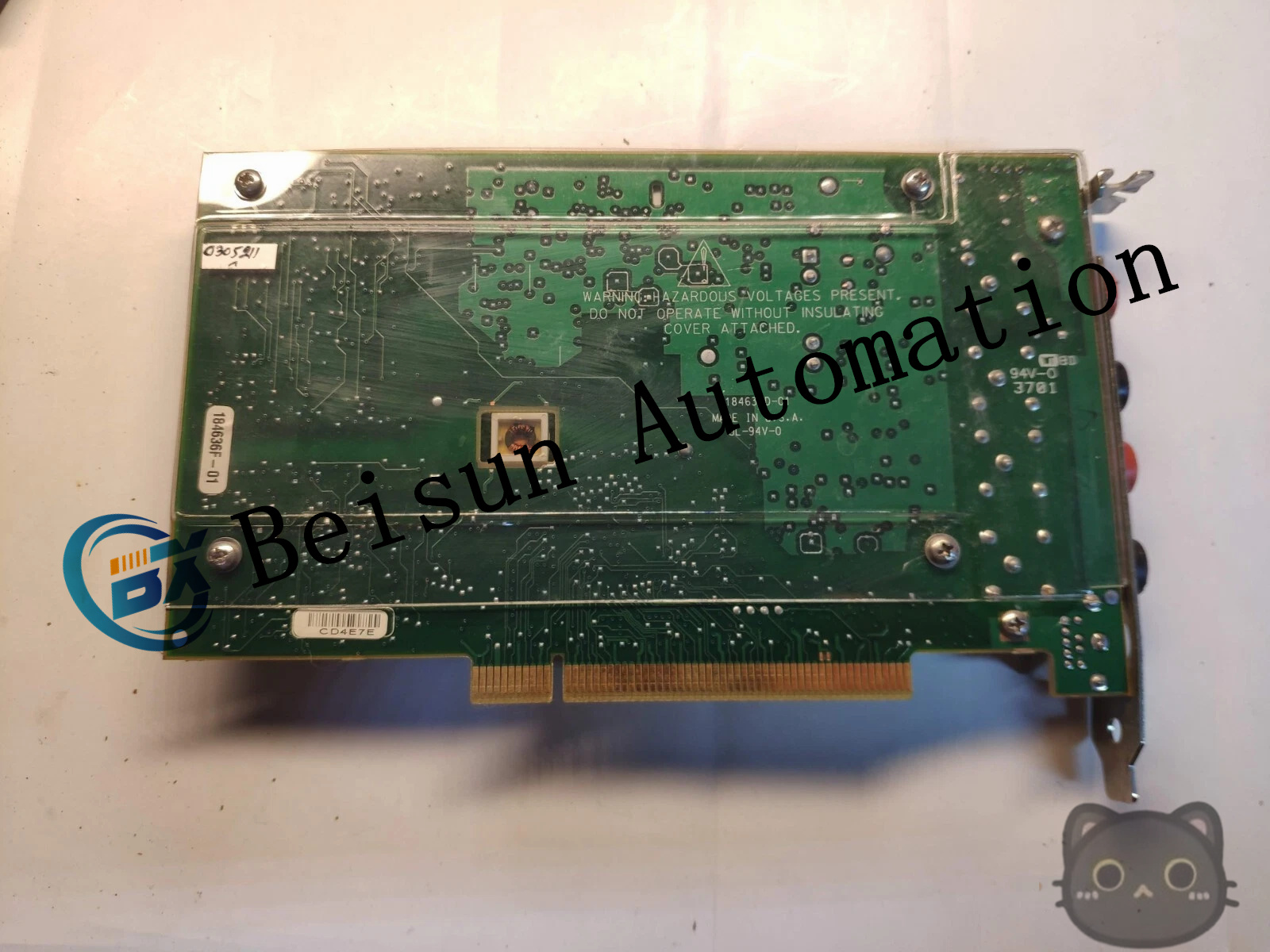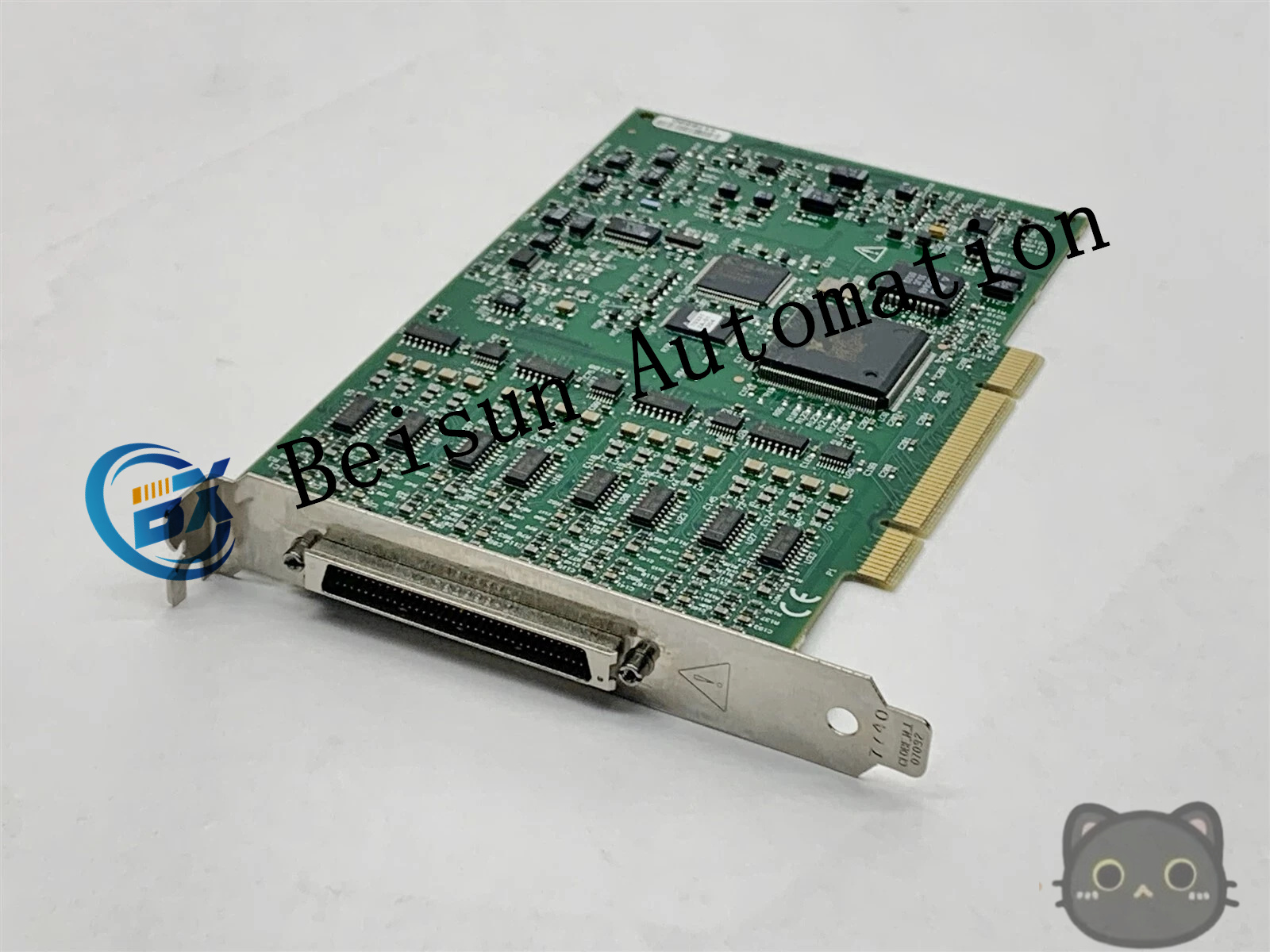Product information
Reviews
Shipping & returns
Product information
NI PCI-4301 Data Acquisition Module
Performance parameters
Analog input: It features 8-channel differential analog signal input with inter-channel synchronization. The ADC resolution is 16-bit, capable of precisely collecting analog signals and capturing subtle signal changes.
Sampling rate: The maximum sampling rate can reach up to 500kS/s, which can meet the requirements of most dynamic signal acquisition and effectively capture rapidly changing signals.
Input voltage range: Supports multiple input voltage ranges of ±10V, ±5V, ±2.5V, and ±1.25V, which can adapt to the input of analog signals of different amplitudes.
Digital I/O: It provides 16 auxiliary digital signal input and output channels, facilitating interaction and control with other digital devices.
Counter: Equipped with 2 32-bit multi-functional counters, it can be used to measure parameters such as frequency, period, and pulse width, and can also be used to generate timing signals.

Application field
Industrial automation: It is used for equipment monitoring, process control, quality inspection, etc. on production lines. It can collect data from various sensors in real time, such as temperature, pressure, flow rate, displacement, etc., providing accurate data support for industrial automation systems and achieving precise control and optimization of the production process.
Mechanical engineering: It is widely applied in mechanical vibration testing, fatigue testing, fault diagnosis and other aspects. It can collect vibration signals, strain signals and other signals of mechanical components. Through the analysis and processing of these signals, it can assess the operating status and health condition of mechanical components, detect potential fault hazards in advance, and ensure the safe operation of mechanical equipment.
Automotive electronics: It is used in fields such as automotive engine testing, chassis dynamometer measurement, and on-board electronic equipment inspection. It can collect signals from various sensors of the car, such as vehicle speed, rotational speed, oil pressure, water temperature, etc., to evaluate and optimize the performance of the car, and improve the reliability and safety of the car.
Aerospace: It plays a significant role in the flight tests of aircraft, engine testing, and the inspection of avionics equipment, etc. It can collect signals from various systems of the aircraft, such as flight attitude, flight speed, engine parameters, etc., providing data support for the design, research and development, and maintenance of the aircraft.



Reviews
There are no reviews yet.